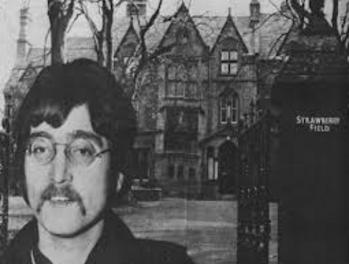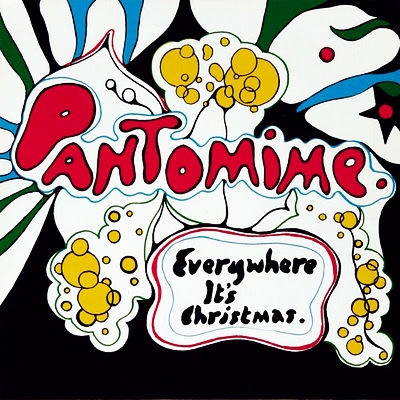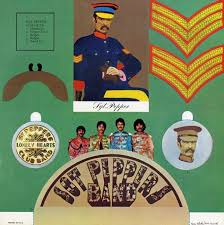Studio Two, EMI Studios, London
And so the beatles entered the new phase of their career! No longer the tidy, smiling "Fab Four", singing boy/girl pop songs on stage. Now they were the casually dressed, sometimes mustacioed, not always smiling Beatles who would make the greatest ever batch of rock recordings at and for their merest whim, strictly not for performing on stage.
John, Paul, George and Ringo had scarely spent a day together since early September. Now they had decided to reunite and begin recording a new album. "Strawberry Fields Forever" captured in one song much of what the Beatles had learned in the four years spent inside recording studios, and especially 1966, with its backwards tapes, vari-speeds and uncommon musical instruments. And it could only have been born of a mind (John Lennon's) under the influence of outlawed chemicals. Strawberry Field is a Salvation Army home in Liverpool, around the corner from where John was brought up. He went there for summer fetes and had called the surrounding wooded area Strawberry Fields. "Strawberry Fields Forever" evoked those childhood memories through a dreamy, hallucinogenic haze. It was, and remains, one of the greatest pop songs of all times.
It is also known, correctly, for being among the most complicated of all Beatles recordings, changing shape not once but several times. Take one, recorded from 7:00 pm to 2:30 am in this first session, was certainly far removed from the final version, the only similarity being a mellotron introduction. (The precursor of the synthesier, this instrument contained tapes which could be "programmed" to imitate another instrument, in this instance a flute.) By 2:30 am take one sounded like this: simultaneous with the mellotron, played by Paul, was John's first lead vocal, followed by George's guitar, Ringo's distinctive drums (with dominant use of tomtoms), maracas, a slide guitar piece, John's double-tracked voice and scat harmonies by John, Paul and George. The song came to a full-ending with the mellotron. The entire take was recorded at 53 cycles per second so that it sped up on replay, but still it lasted only 2 minutes, 43 seconds.
Source: The Complete Beatles Chronicle - Mark Lewisohn






